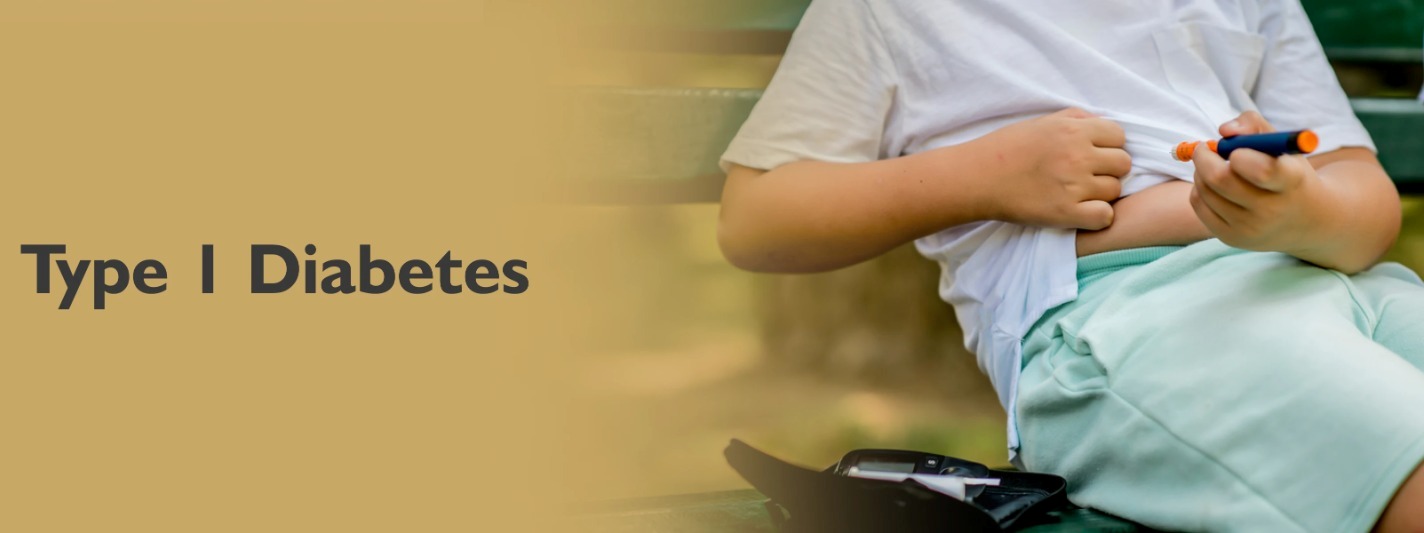Diabetes is a lifestyle disorder which affects millions of people across the world. The three main types of diabetes are Type 1, Type 2, and gestational diabetes. While Type 1 diabetes and Type 2 diabetes are both forms of diabetes mellitus they are different from each other. Gestational diabetes occurs during pregnancy and is usually temporary.
The other types of diabetes include Maturity-onset diabetes of the young (MODY), Neonatal diabetes, Steroid-induced diabetes, Cystic fibrosis-related diabetes, Diabetes caused by rare syndromes and Haemochromatosis.
World Diabetes Day is observed on 14th November every year with the purpose of raising global awareness about diabetes. There is an urgent need for comprehensive action in diabetes prevention, early diagnosis, effective management, and equitable care access. The theme for World Diabetes Day this year is ‘Breaking Barriers, Bridging Gaps,’ which highlights the collective commitment to overcoming obstacles in diabetes care and ensuring that every individual diagnosed has access to high-quality, affordable treatment.
On World Diabetes Day, which is also celebrated as Children’s Day in India, The CSR Journal takes a look into Type 1 diabetes which mostly affects children and young adults.
What is Type 1 diabetes
Type 1 diabetes, normally affecting children or young adults is a chronic autoimmune disease where our body’s immune system destroys the insulin-producing cells in the pancreas thereby preventing the production of insulin.
In our body, insulin is a major hormone that regulates the amount of glucose or sugar in the blood. Type 1 diabetes was previously known as juvenile diabetes and insulin-dependent diabetes.
In a human body (which does not have diabetes) insulin normally breaks down the food we eat into glucose or sugar, which acts as the body’s main source of energy. This glucose then enters our blood allowing the pancreas to release insulin. The insulin in turn helps the glucose in our blood to enter our muscle, fat and liver cells so they can use it for energy or store it for later use.
When this glucose enters our cells and the levels in our bloodstream decrease, it sends a signal to the pancreas to stop producing insulin. Inadequate insulin in the body leads to a high amount of sugar in our blood. This condition is called hyperglycemia or high blood sugar.
With high blood sugar, our body is unable to use the food we eat to generate energy. This can lead to serious health problems or even death if it’s not treated.

What is the difference between Type 1 and Type 2 diabetes?
In Type 1 diabetes, a person’s pancreas is unable to produce adequate amount of insulin. It’s caused by an autoimmune reaction. In Type 2 diabetes or T2D, a person’s pancreas doesn’t produce enough insulin. Also, there are cases when the body doesn’t always use that insulin as it should — usually due to insulin resistance. Genetic factors as well as lifestyle factors like obesity and a lack of exercise, can lead to Type 2diabetes.
Type 2 diabetes usually affects older adults, though children also fall prey to it. Type 1 diabetes usually develops in children or young adults, but people of any age can get it. It can cause discolored patches in the folds of skin in your armpits and neck. Type 2 diabetes is much more prevalent than Type 1 diabetes.
Type 1 diabetes in India
According to the 10th International Diabetes Federation Atlas 2021, the number of children with type 1 diabetes in India is 22,94,000 in the age group of 0 – 19 years. According to the Indian Council of Medical Research (ICMR) in 2022, around 95,600 children below the age of 14 years in India suffer from Type 1 diabetes.

As per studies, India witnessed a significant surge in type 1 diabetes cases among children, particularly between the ages of six and twelve during the Covid-19 pandemic and lockdowns.
Why Type 1 diabetes occurs?
Type 1 diabetes can occur in a person’s body due to a variety of factors such as genetics and some viruses, may also cause type 1 diabetes. Type 1 diabetes usually appears during childhood or adolescence, but it can also develop in adults.
Lack of or very less physical activity, changes in dietary habits, decreased exposure to environmental triggers like infections and viruses, and potentially altering the immune system’s response make a child vulnerable to Type 1 diabetes. The recent Covid- 19 pandemic and the lockdowns led to reduced physical activity among children and over consumption of food, which led to cases of Type 1 diabetes.
Which age group falls prey to Type 1 diabetes?
Type 1 diabetes can happen to people of any age. However, as discussed above, the most common age at diagnosis is between the ages of 4 to 6 and in early adolescence (10 to 14 years). Having a first-degree family member like parents or siblings with Type 1 diabetes increases a person’s risk of developing it.

What are the symptoms of Type 1 diabetes?
Type 1 diabetes can make a person feel thirstier, frequent urination, bed-wetting by children at night, increasing hunger, sudden weight loss without putting any efforts, mood swings, feeling exhausted and having a weak or blurry vision.
Is Type 1 diabetes curable?
It is a life-long disease which cannot be cured. People with Type 1 diabetes need synthetic insulin every day to survive in a healthy way. The treatment involves managing the amount of sugar in the blood using insulin, diet and a healthy lifestyle.
However, even though Type 1 diabetes is not curable, it can be controlled with combination of a healthy lifestyle, awareness, and early detection.


